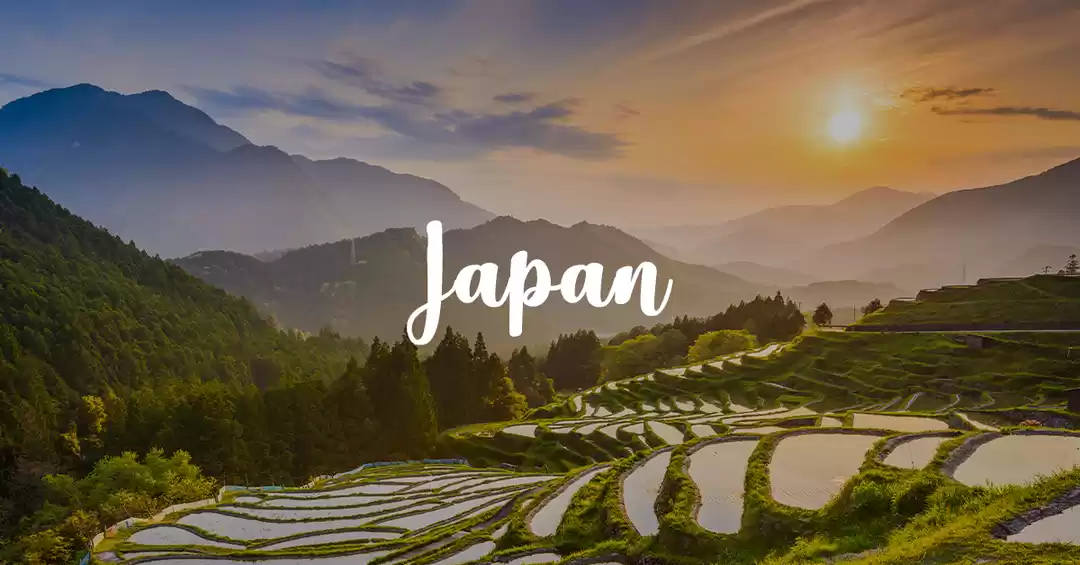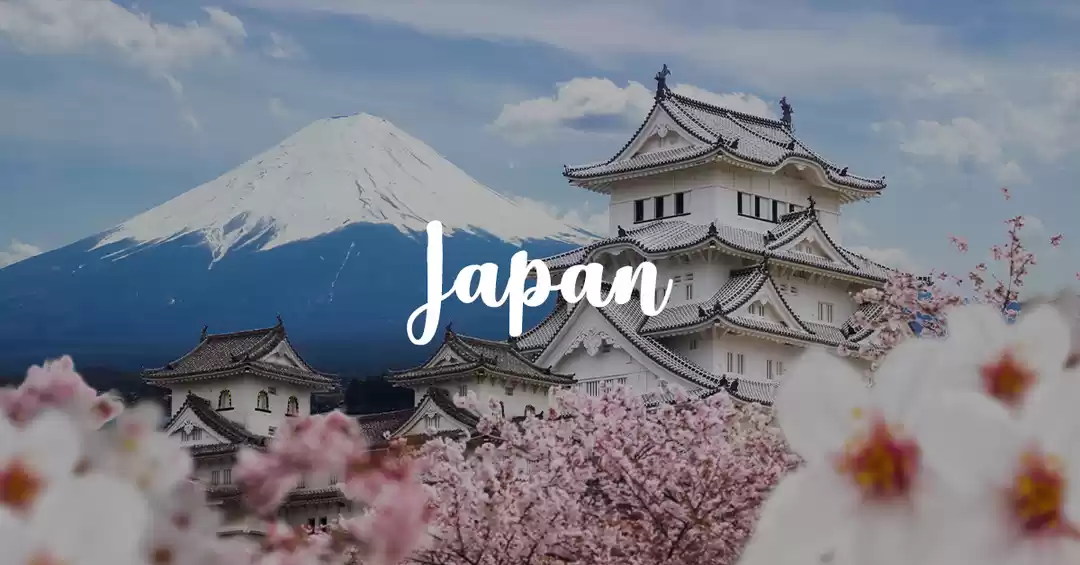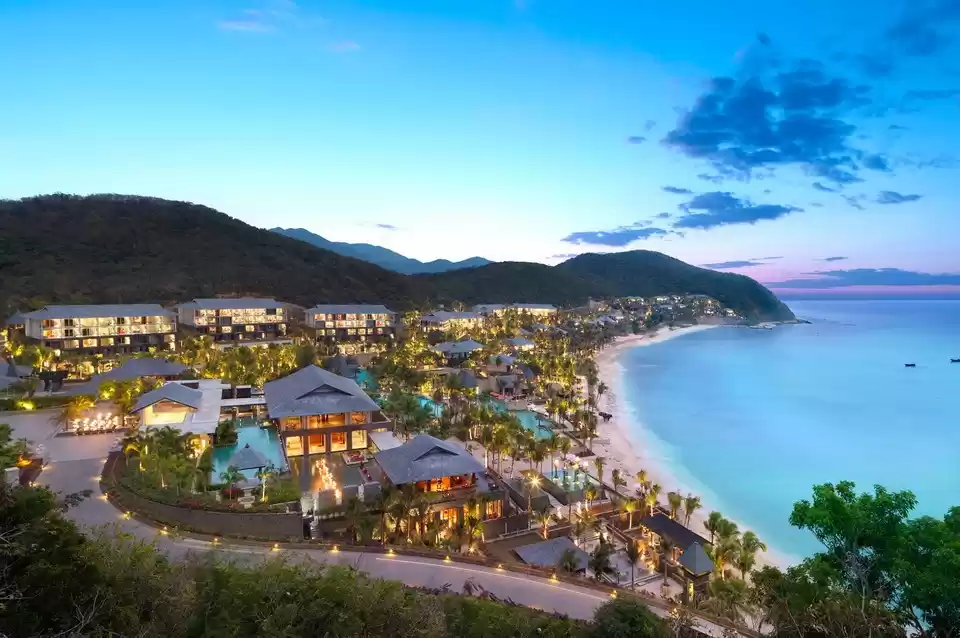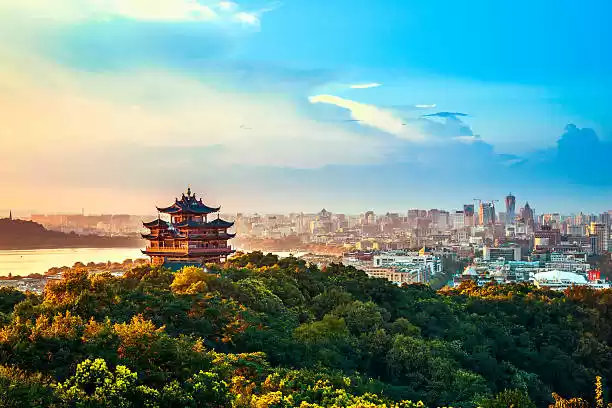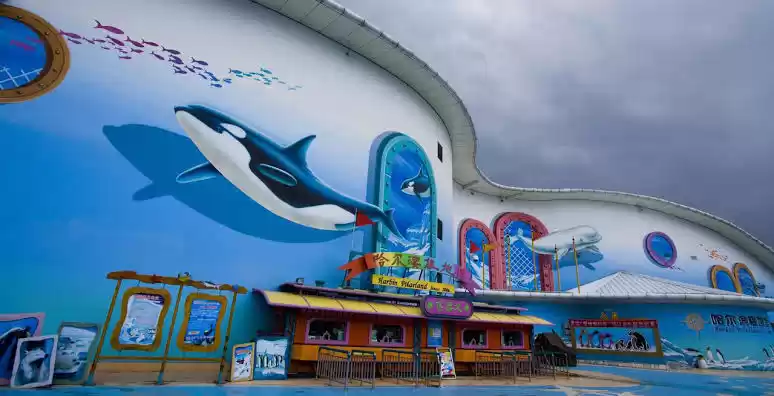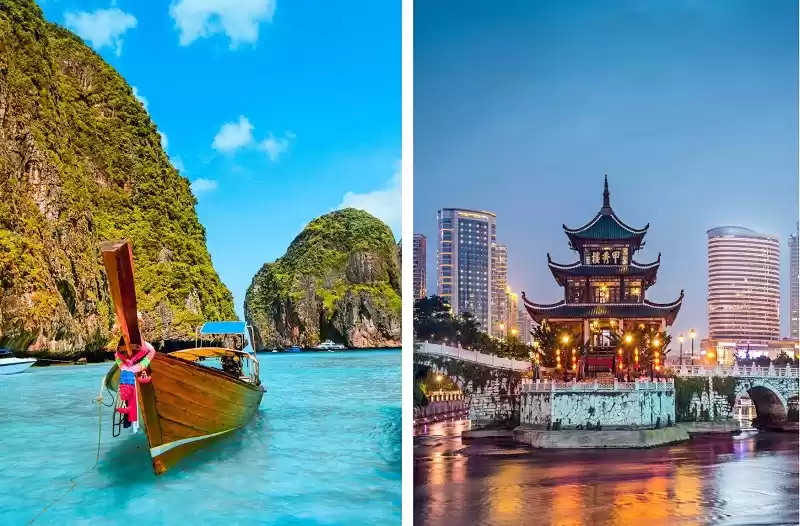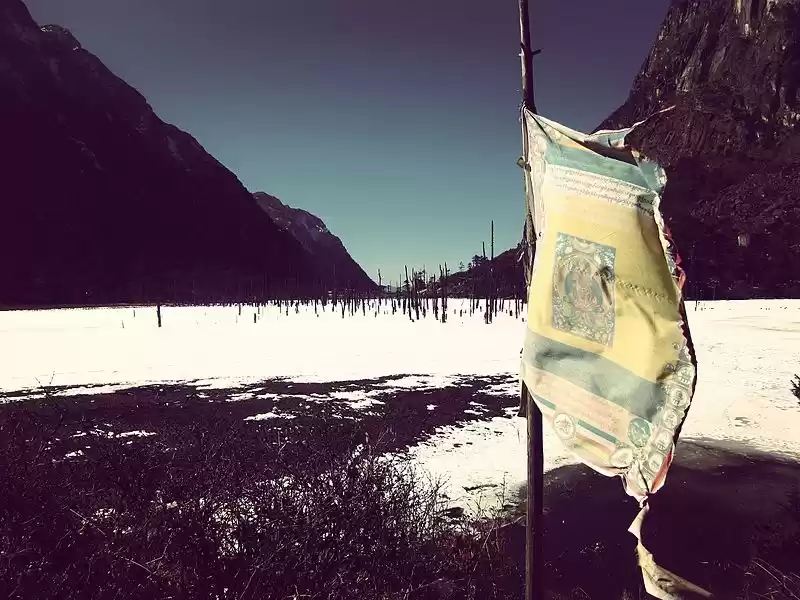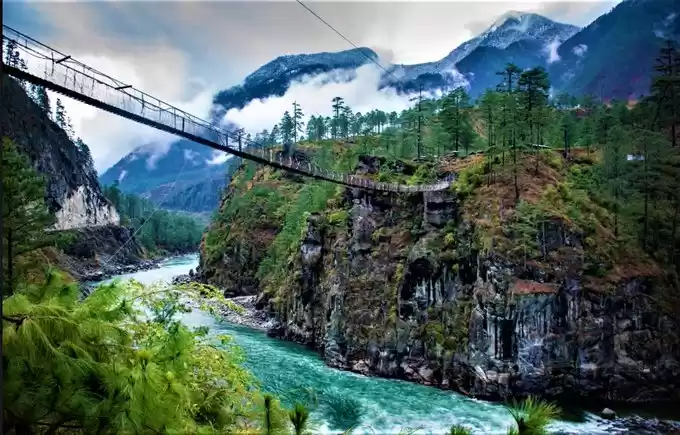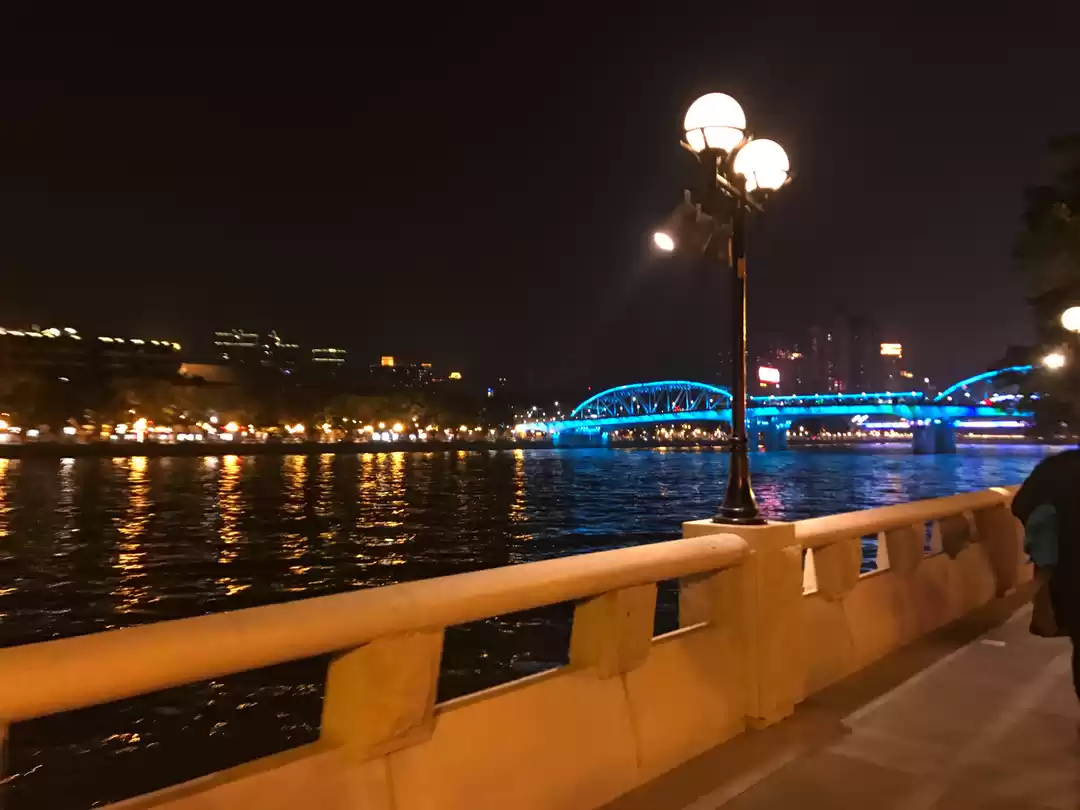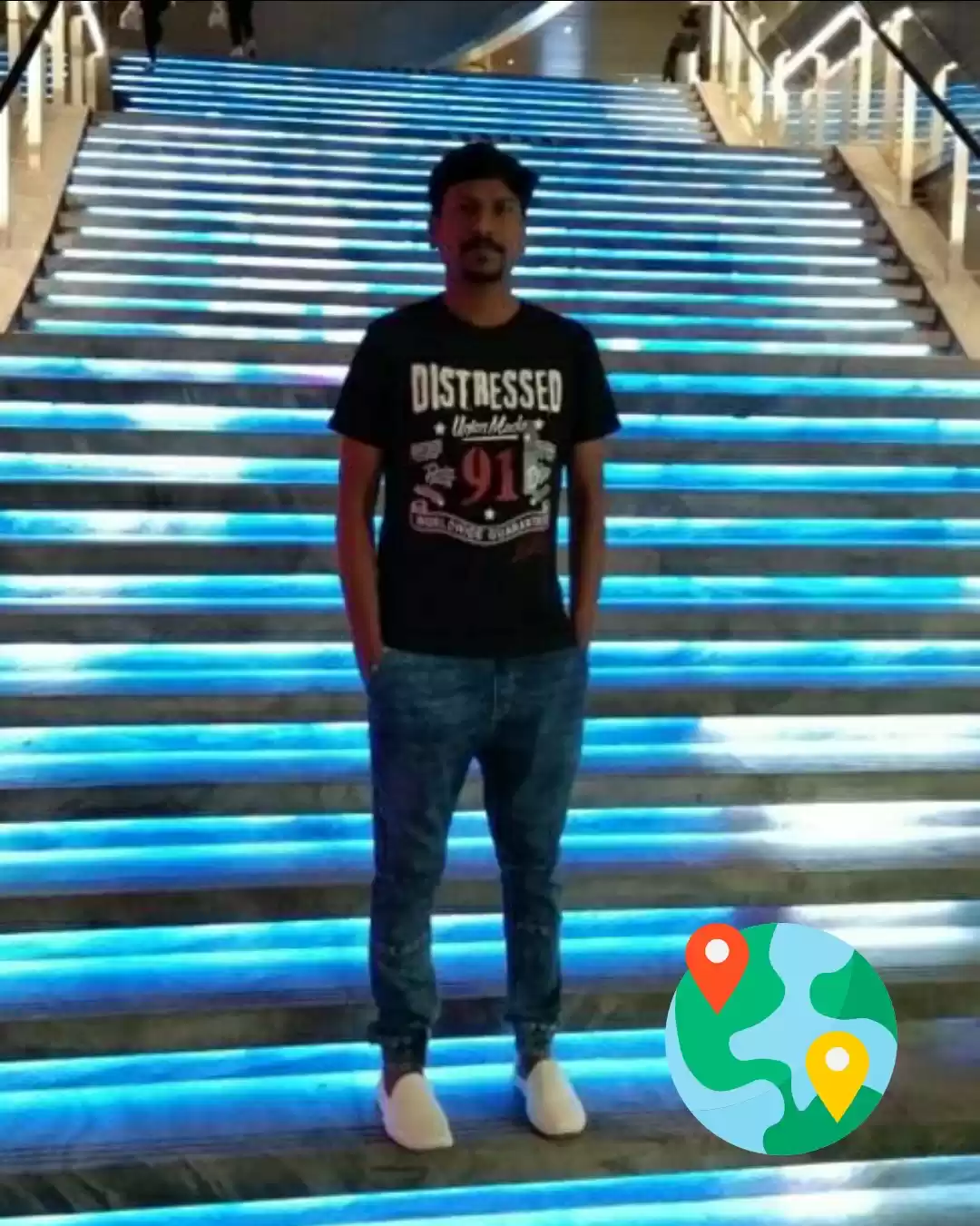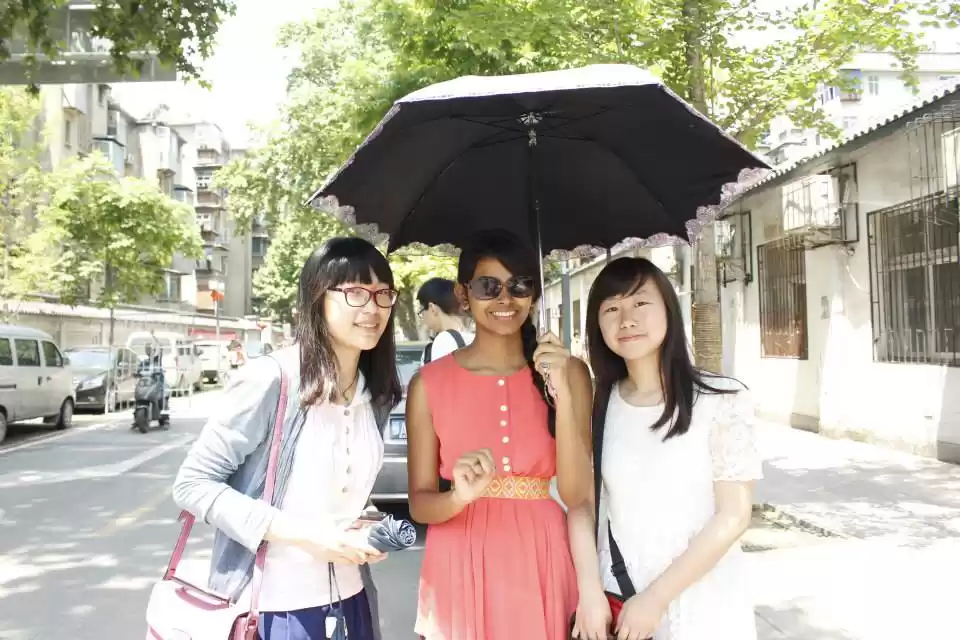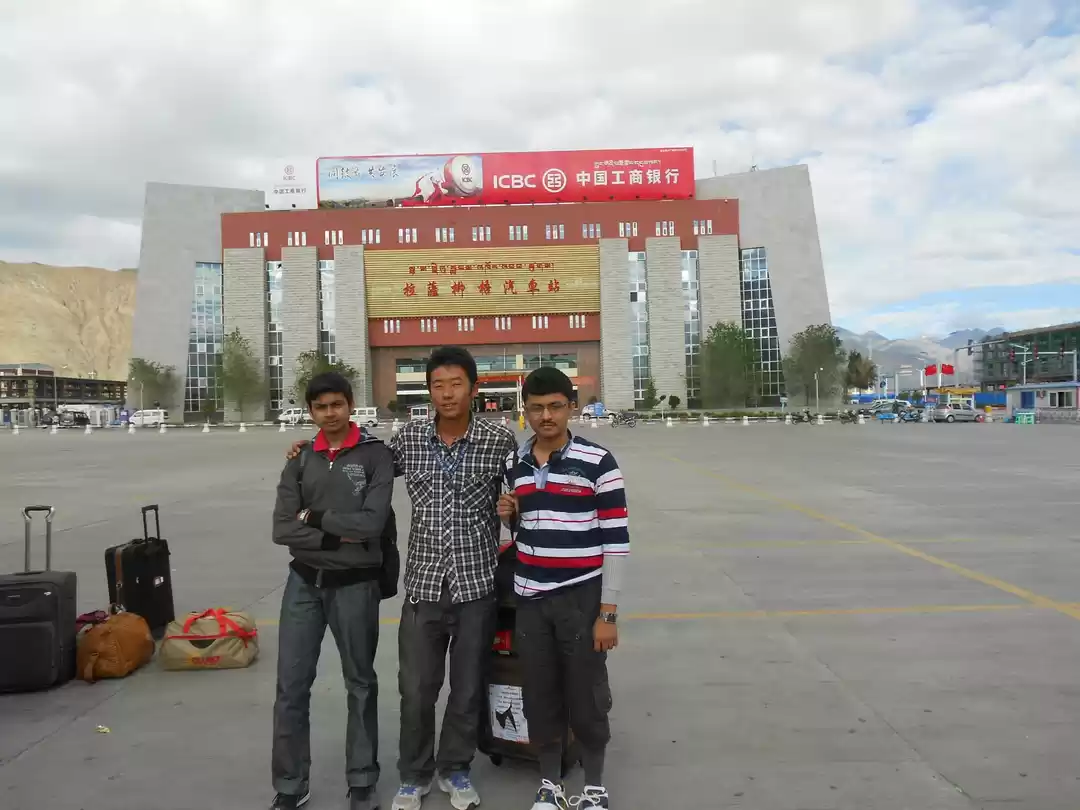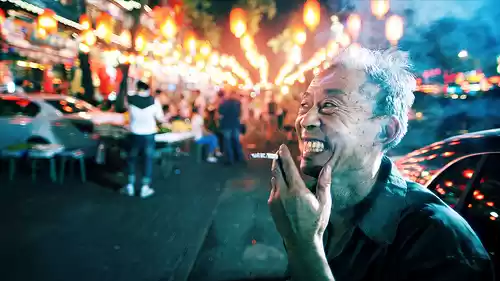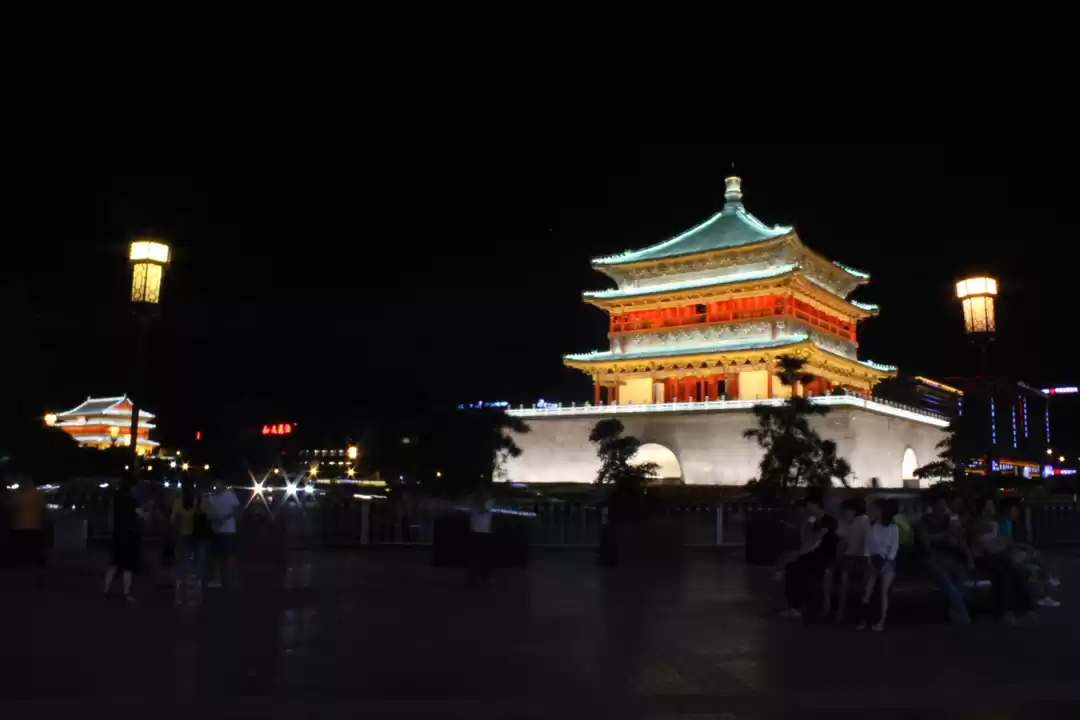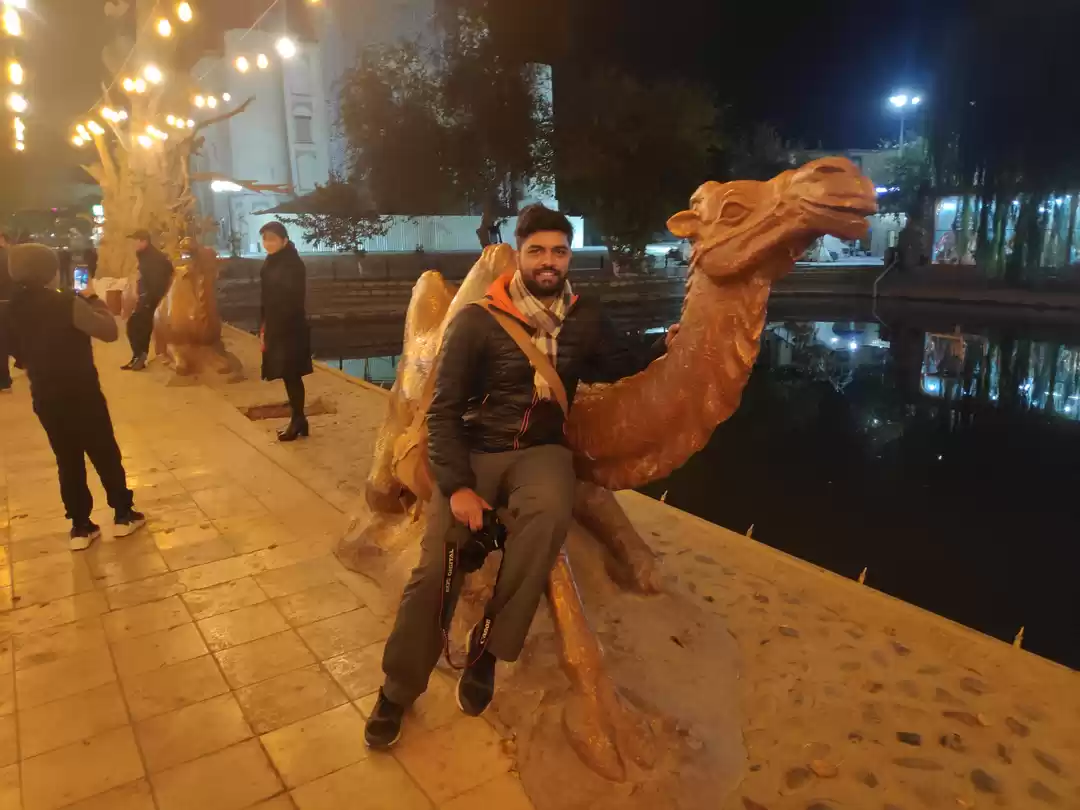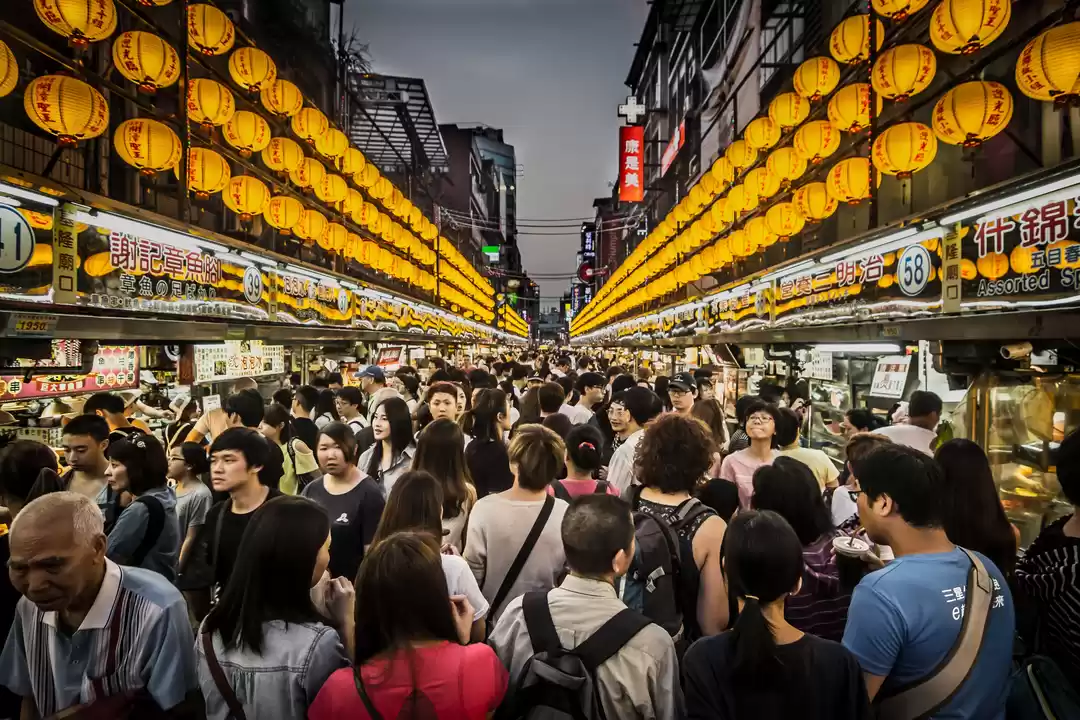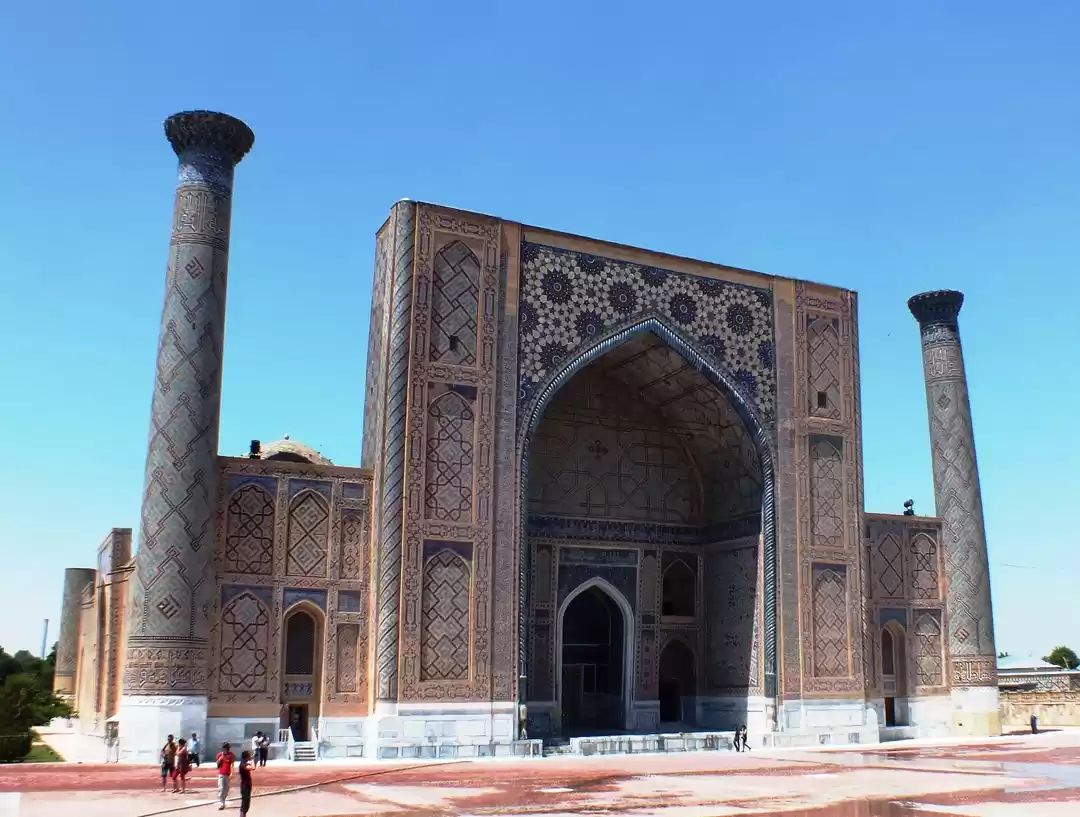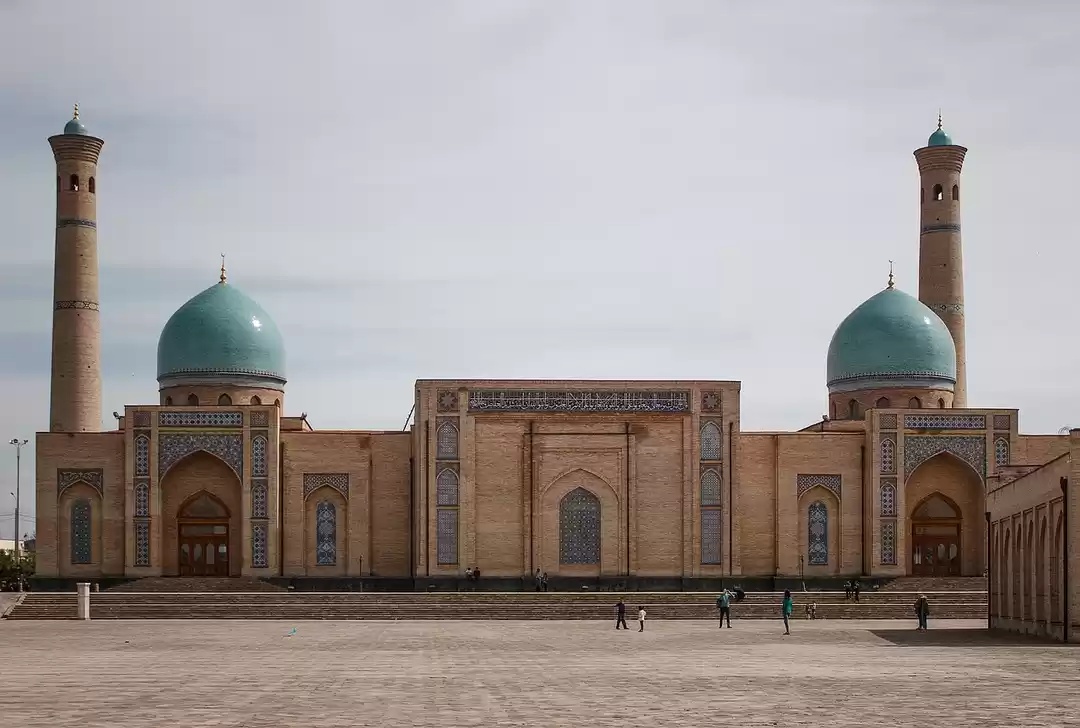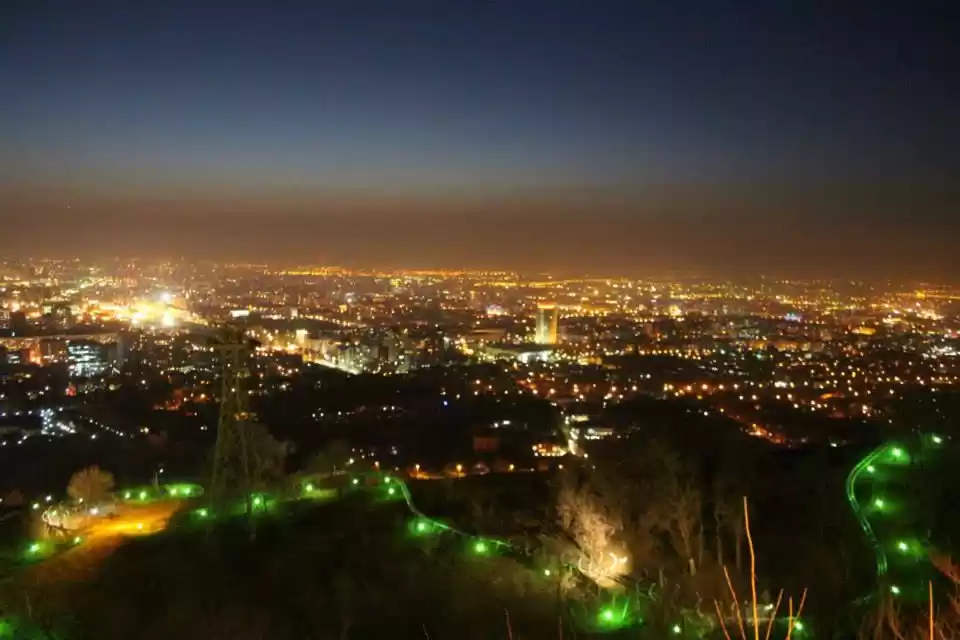

The fact that I managed to maintain a love of poetry from childhood is a miracle, given the excretable teaching methods and violent delivery of my childhood schooling. But love it I did; and do to this day. I still remember the frisson of delight I experienced when I read these lines over half a century ago in a miserable schoolroom in Dublin. A seed was planted in that seething neuronsphere.These words were my First Silk Road Steps. The last 2 lines look on a different and terrible significance for me later on in my life. But that's a different story and not for here.
And then there was the movie Lawrence of Arabia in fabulous Super Panavision with the flashing blue eyes of Peter O'Toole and the smolderingly significant look between him and the bright dark eyes of a young Arab man, the water carrier, Dahoum. I KNEW what that look meant although I had no language nor mental capacity to describe it. I didn't even have a vocabulary. But I KNEW and filed this away for future reference.

I read that the movie has been restored for its 50th anniversary using a process that produced more than four times the sharpness of high-def TV. (Eight times really, since the 65mm image, roughly twice as big as a normal 35mm film frame, had to be dealt with in two pieces). I'll watch it in HD this Bank Holiday Monday on my huge kick-arse eejitbox and maybe dream tonight of love in a desert with a dark-skinned young man, where I'll be young again. My ivory meeting his ebony.
The dreamers of the day are dangerous men," TE Lawrence wrote in Seven Pillars of Wisdom , "for they may act their dream with open eyes, to make it possible."
When I first heard of the Silk Route, it was buried behind the Iron Curtain and sounded dead mysterious. I never thought I would ever get there. I nearly didn't as I fractured my foot last year when I was halfway there. I'm making another attempt this year and hoping nothing else goes bust, apart from my wallet.
According to Wikipedia, one of my all-time favourite websites, The Silk Road was an ancient network of trade routes that connected the East and West. It was central to cultural interaction between them for centuries. The Silk Road refers to both the terrestrial and the maritime routes connecting Asia with the Middle East and southern Europe and derives its name from the lucrative trade in carried out along its length, beginning in the Han dynasty (207 BCE - 220 CE). The route originated from Chang'an (now Xian) in the east and ended at the Mediterranean in the west, linking China with the Roman Empire. I was on my way from Beijing to Xi'an last October to join the Silk Road when the pain from my fractured foot decided otherwise. Because silk was the major trade product which traveled on this road, it was named the Silk Road in 1877 by Ferdinand von Richthofen - a well-known German geographer. This ancient route not only circulated goods, but also exchanged the splendid cultures of China, India, Persia, Arabia, Greek and Rome.
While the Silk Road was a two-way route, most of its movement was eastward, carrying Buddhism, Zoroastrianism, Judaism, and later, Islam. For much of this time, most Silk Road traders coming from western Eurasia were Muslim, and they brought their beliefs and rich culture to millions of people. By the 8th century CE, Muslims stopped thinking of religion geographically and began seeking converts along the Silk Road. The benefits of conversion to such a widespread religion were many, as Muslims preferred trading with other Muslims.

Although this poem by Shelley describes a broken statue of a legendary king of ancient times, lying forgotten in the desert, with these words carved on its base: " My name is Ozymandias, king of kings: Look on my works, ye Mighty, and despair! " it could have been anywhere on the Silk Road. As one who never let's the facts get in the way of a good yarn, I'll conveniently ignore the fact that Ozymandias is actually the Greek name for pharaoh Ramesses II, who ruled Egypt from 1279 BCE to 1213 BCE and I'll pretend that I'll stumble across in on my Silk Route journey while I'll conveniently forget, again, that the statue probably never existed. Ah, phantasy.
Donald Trump, and those of similar ilk, you have been warned.
The Silk Road is still alive and well today although it now has a centralised and state-managed model. Announced in 2013 by President Xi Jinping, a brand new double trade corridor is set to reopen channels between China and its neighbours in the west: most notably Central Asia, the Middle East and Europe.

According to the Belt and Road Action Plan (OBOR) released in 2015, the initiative will encompass land routes (the "Belt") and maritime routes (the "Road") with the goal of improving trade relationships in the region primarily through infrastructure investments. It will be the most ambitious infrastructure project the world has ever known; and the most expensive.The aim of the $900 billion scheme, as China recently, is to kindle a "new era of globalisation", a golden age of commerce that will benefit all. Beijing says it will ultimately lend as much as $8 trillion for infrastructure in 68 countries. That adds up to as much as 65% of the global population and a third of global GDP, according to the global consultancy .
The New Silk Road, just like the ancient one, also does not have one single route but aims at building several regional trade and economic links. Not only roads, railways and ports, ie transport infrastructure, but also energy routes (oil and gas pipelines) play an important role. Railways also play an important role in freight transport and link the most important trading ports.

The land-based "New Silk Road" will begin in Xi'an in central China before stretching west through Lanzhou (Gansu province), Urumqi (Xinjiang), and Khorgas (Xinjiang), which is near the border with Kazakhstan. The Silk Road then runs southwest from Central Asia to northern Iran before swinging west through Iraq, Syria, and Turkey. From Istanbul, the Silk Road crosses the Bosporus Strait and heads northwest through Europe, including Bulgaria, Romania, the Czech Republic, and Germany. Reaching Duisburg in Germany, it swings north to Rotterdam in the Netherlands. From Rotterdam, the path runs south to Venice, Italy where it meets up with the equally ambitious Maritime Silk Road. It hasn't made it to Dublin yet. Maybe the silky smooth taste of Guinness or Irish Whiskey is not appreciated in Asia. Maybe, if this Brexit thing doesnt work out, they'll build a tunnel from Dublin to Paris.
The Maritime Silk Road will begin in Quanzhou in Fujian province, and will also hit Guangzhou (Guangdong province), Beihai (Guangxi), and Haikou (Hainan) before heading south to the Malacca Strait. From Kuala Lumpur, the Maritime Silk Road heads to Kolkata, India then crosses the rest of the Indian Ocean to Nairobi, Kenya (the Xinhua map does not include a stop in Sri Lanka, despite indications in February that the island country would be a part of the Maritime Silk Road). From Nairobi, the Maritime Silk Road goes north around the Horn of Africa and moves through the Red Sea into the Mediterranean, with a stop in Athens before meeting the land-based Silk Road in Venice.
The Silk Road and Maritime Silk Road combined will create a massive loop linking three continents. If any single image conveys China's ambitions to reclaim its place as the "Middle Kingdom," linked to the world by trade and cultural exchanges, the Xinhua map is it. Even the name of the project, the Silk Road, is inextricably linked to China's past as a source of goods and information for the rest of the world.
Interesting times are ahead
Videos of The Silk Road
Here are a few video clips I watched on YouTube to get a felt sense of the places I will be visiting on the Silk Road:

I've always liked the idea of a motorway service station out in the middle of nowhere whose only function is to serve travellers passing by on a nearly motorway. Without the motorway, the service station would never exist. Without the motorways, the towns would cease to exist or at least contract or revert to poverty stricken villages.
When travelling around the towns and cities of the UK and Europe, soon to be seperated, in my campervan, I enjoyed pulling into coach houses or inns for a meal and maybe to get my head down for a few hours. These old buildings easily encourages recall of photos and paintings of horses and coaches pulling into these very same buildings for rest, refreshment and to replenish supplies. Little islands of civilisation, then, in the middle of nowhere but central to the development of the nation state and society as we know it today.
I enjoy being in t hese interzones, this no-man's land or limbo while awaiting the next leg of my journey. I seem to be able to relinquish control and responsibility and just be in the moment, as it were. Not an easy thing for a control freak like me!
Thinking about it, there are three separate processes happening. There's the departure or leaving, the journey or transit and finally, the arrival. I'm separating from one way of life and soon will be incorporated into a new way of life but at the moment, I'm in this liminal stage; neither left nor arrived, neither here nor there. I'm old enough now to ponder and to know death and, of course, to reflect on my own imminent death. I wonder if the death journey is something like this; this bardo. It's pleasantly alienating not having to make any decisions except making sure I'm fed and watered and in time for the next part of my trip. It allows me time to ponder and reflect on how my life has suddenly taken a shift and how open I am to whatever happens happening.
Anyway, I digress. Must be an old guy thing. What started me rambling along this path was finding out about Caravanserais and the crucial role they played in the development of the Silk Road

The inland routes of the Silk Roads were dotted with caravanserais, large guest houses or hostels designed to welcome travelling merchants and their caravans as they made their way along these trade routes. Fo und across Silk Roads countries from Turkey to China, they provided not only a regular opportunity for merchants to eat well, rest and prepare themselves in safety for their onward journey, and also to exchange goods, trade with to local markets, and to meet other merchant travelers, and in doing so, to exchange cultures, languages and ideas. As such, caravanserais were far more than simply watering holes along the Silk Roads; they developed as crucibles for the cross-fertilization of cultures along the length of these routes.
Meeting other independent or overland travellers in hostels and cafes is a modern parallel to some aspects of caravanserais. It's an opportunity to meet people from other cultures. I did a lot of that when I travelled overland to India in the 80s and it was great fun. The internet and WiFi makes them less relevant now.
Xenophon of Athens was an ancient Greek philosopher, historian, soldier, mercenary, and student of Socrates (430-454 BCE). He described the institution of wayside stations or rest-stations to King Cyrus the Great of Persia, current-day Iran, who, having found out the distance a horse could cover in a day, marked the roads into corresponding junctions depending on the terrain, and built stations consisting of stables and rooms.
You cannot write about the Silk Road without mentioning the majestic ships of the desert; the camel. The first time I got up close and personal to a camel was when I was riding in a truck from the Iranian border to Quetta in N Pakistan. This was back in 1984 when it was reasonable safe for a European to travel independently through this part of the world.

The Silk Road would not be possible without the camel, the Bactrian camel, in particular. It's a remarkable creature. Well-adapted to the harsh conditions of Central Asia, it can easily withstand temperatures ranging from minus 40 degrees Centigrade in winter to over 37 degrees Centigrade in summer. It can eat a wide variety of plant matter, including species that most other animals-especially humans-won't touch. It doesn't sweat until its body temperature reaches 40 degrees C. It can go long periods without water, and then it can drink up to over 110 litres in 15 minutes when presented with an opportunity. (Its humps don't store water, they store fat for energy.) It has flat, roughly circular foot pads that are superb for walking on a wide range of surfaces. It has two rows of eyelashes and its nostrils can close tight; ideal adaptations for protection during sand storms. Better still, it can walk up to 50 km per day while carrying up to 225 kg.
Astana will be one of my First Silk Road Steps and I'll spend a few days there. Actually Astana is not part of the Silk route at all and is not even an ancient city. I'm going there because it's a foothold in central Asia and because it seems such an interesting place to visit with lots of modern architecture. I love modern architecture.
My first real step on the Silk Road itself would really be Almaty. That's in Uzbekistan and is about 1000 km to the south, as the crow flies, from Astana. But more about that later
Anyway, Astana will be my first step into central Asia and the 'Stans. It seems to be a funny old place, by all accounts. Little surrounds the city for 1,200 kilometers, save a handful of provincial towns dotted across the world's largest steppe, a flat, empty expanse of grassland.
Shooting up from this void is a mass of strangely futuristic structures. The newest of these is the Norman Foster-designed Khan Shatyr , a shopping mall that doubles as the world's largest tent.
Foster was also the architect behind the Palace of Peace and Reconciliatio n, a 60-meter-tall glass pyramid. There's also the Central Concert Hall , which from above looks like a budding flower, a flying saucer-shaped circus, a presidential palace designed to replicate the White House, and , a 100-meter-tall tower that has drawn comparisons to a giant lollipop.
Yet just 15 years ago the city didn't really exist at all. In 1997 Kazakhstan's President Nursultan Nazarbayev moved the capital from Almaty in the southeast of the country to the newly-named Astana (previously it was called Akmola), which was then an empty patch of land by the Ishim River best known as a former gulag prison camp for the wives of Soviet traitors.
Beyond the impressive architecture, Astana boasts a rich Soviet history. The city's old centre still harbours a "Soviet atmosphere", according to the Kazakh tourist board. There is also an ornate theatre named after Russian author Maxim Gorky. Soviet-era history, art and architecture really fascinates me, especially any examples of Constructionism. I can get as much satisfaction from looking at a crumbling siberian tower-block as an onion-domed cathedral.
Visiting in 2008 for Telegraph Travel, James Mackintosh found the city on the cusp of change. He wrote:
"For all its grand pretensions, Astana retains something of the Russian and Soviet steppe trading post of its roots," he wrote. "Traces of elegant, pastel-coloured, tsarist merchant mansions; the bustle of the dusty streets; the familiar Soviet grid-avenues lined with birch trees and ugly 1950s housing blocks; the cosy but elegant Russian drama theatre; the ubiquitous circus.
"Placid, gold-toothed women sit all day at street stalls selling raspberries, cucumbers and varieties of forest berries in cut-off plastic bottles. Astana girls, mini-skirted and flirtatious, Russian blondes and oriental-looking Kazakhs, cling giggling together like natural-born cousins.
"At Line Brew, a Belgian pub quirkily designed as a Crusader castle, a Nordic-looking family and friends are swilling back lager. They speak Russian but this scene could be anywhere in Germany. They are Volga Germans, shunted by Stalin to this backwater many decades ago. We're at the heart of Central Asia but, the paradox is that much of the culture is European."
Video Clips of Astana, both wonderful and seriously weird.
The weird ones
While researching Astana, I came across some video clips published by some seriously deluded people, conspiratory theory nutters who believe that there is a new world order a-comin'. Here are a few of the best (or worst):
My Silk Road trip starts long before I set foot outside ireland and continues long after I return home. Thanks to the internet, I have access to vast amounts of information. The research bit takes several months and consists of me poring over websites, travel books, blogs, youtube clips, travel forums and bulletin boards. On one of the bulletin boards, while I was asking a question about travel in Kyrgyzstan, a person responded and suggested that I check out the World Nomad Games 2018. He wrote about about his own experience at the last games in 2016. I was riveted by what he said and checked to see if this would work with my schedule. It would so I'll attend the WNG from 2 to 8 September at Lake Issyk-Kul, just outside Bishkek. Can't wait.
The 2018 World Nomad Games feature three main parts:
Ethnoculture Ethnohit (folklore and music); Ethnodance (traditional dances); Ethnofashion (traditional and modern clothing); Ethnobazar (exhibition and fair of traditional handicrafts); Recitations of epic poems and legends; Ethnohouse (traditional nomadic shelters). Ethnosport: consists of competitions in 37 types of sports including Science: many forums to explore historical heritage and the future.
There will also be demonstration games. Each participating country can present its own traditional games, sports, traditions, and entertainment as a demonstration, which will not be part of the competitive sporting program.
For me, not the greatest of sport fans, I'm looking forward to seeing a game of Kok-Boru. Buzkashi is a traditional equestrian game in Afghanistan and other Persian-and Turkic-speaking parts of Central Asia. In Kyrgyzstan this national game is called Kok-Boru. It is a team sport similar to football, just that it is played on horses with a dead goat/sheep.This was made at the Hippodrome in Bishkek.
See for more info from the official website.
That's about it for the time being. More later about the various towns and cities I will visit in the 'Stans.
Feel free to comment.




